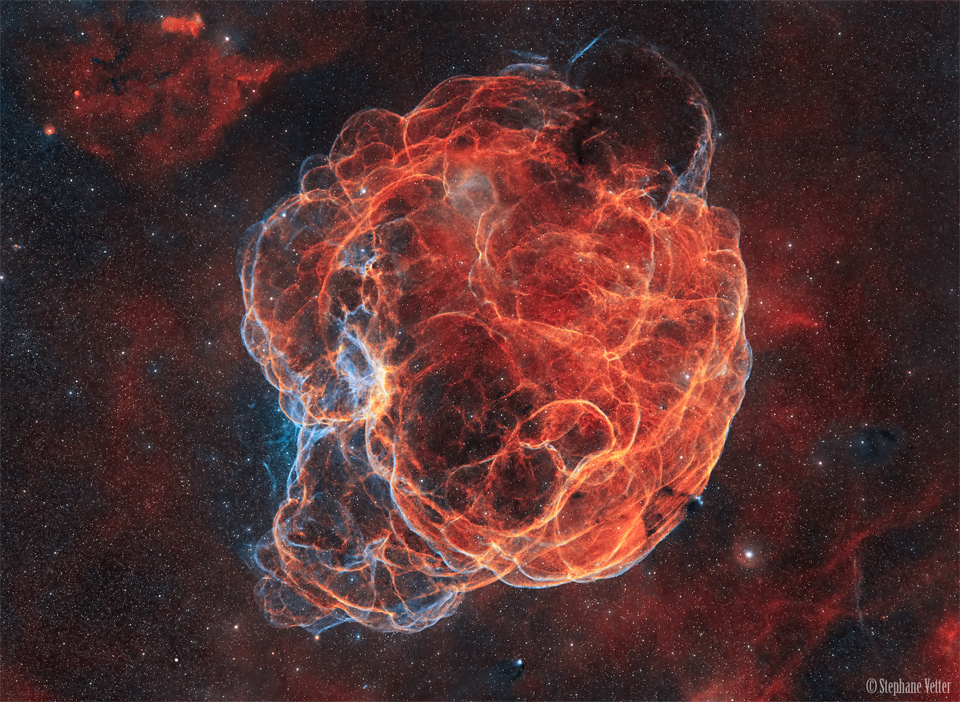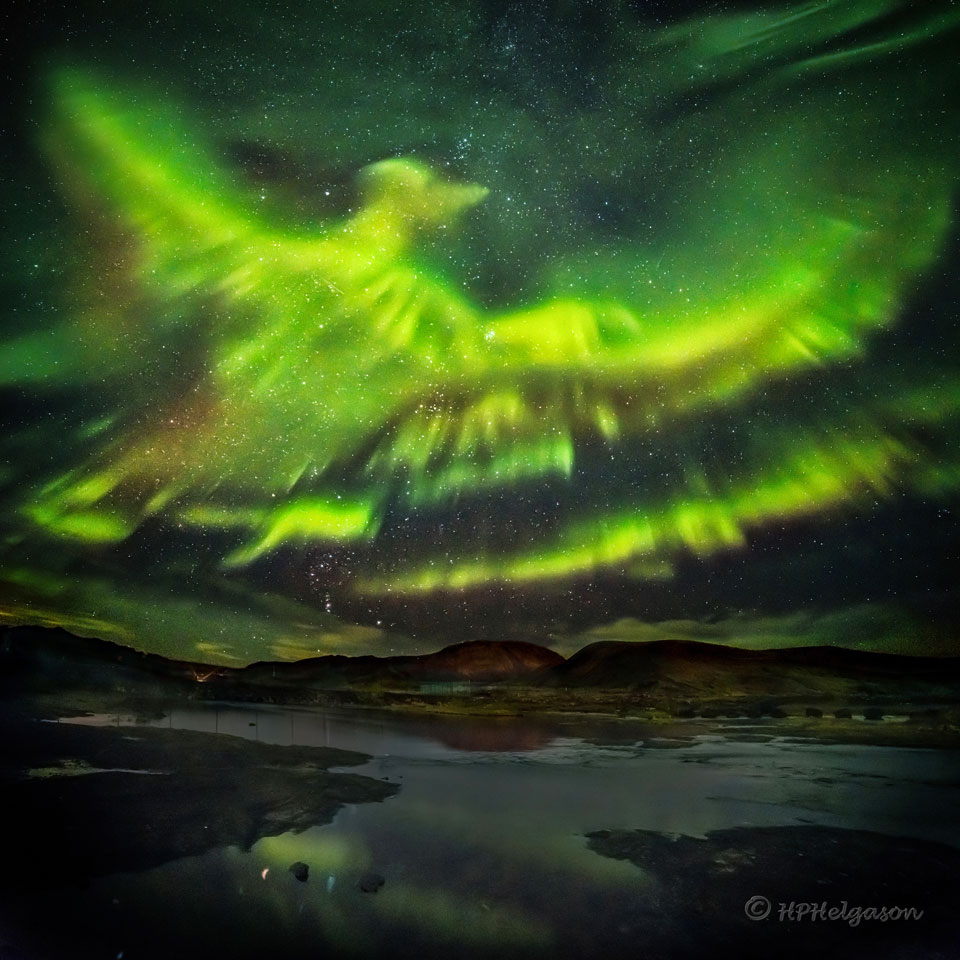안녕하세요, 잡학다식 입니다. 오늘은 과연 나사에서 어떤 방식으로 우주의 형상을 표현해 줄까요?
우선 이미지부터 볼 수 있도록 하겠습니다

해당 사진의 이름은 Supernova Remnant Simeis 147 인데요 우선 NASA에서 공식적으로 발표한 설명들을 확인해 보겠습니다
It's easy to get lost following the intricate, looping, and twisting filaments of supernova remnant Simeis 147. Also cataloged as Sharpless 2-240, the filamentary nebula goes by the popular nickname the Spaghetti Nebula. Seen toward the boundary of the constellations of the Bull (Taurus) and the Charioteer (Auriga), the impressive gas structure covers nearly 3 degrees on the sky, equivalent to 6 full moons. That's about 150 light-years at the stellar debris cloud's estimated distance of 3,000 light-years. This composite image includes data taken through narrow-band filters isolating emission from hydrogen (red) and oxygen (blue) glowing gas. The supernova remnant has an estimated age of about 40,000 years, meaning light from this massive stellar explosion first reached the Earth when woolly mammoths roamed free. Besides the expanding remnant, this cosmic catastrophe left behind a pulsar, a spinning neutron star that is the remnant of the original star's core.
이번에도 광활한 우주 앞에 인간이 얼마나 작은 존재인지 다시 한번 알게 되는것 같습니다
저는 내일도 더 좋은 사진과 함께 돌아오겠습니다, 그럼 행목한 하루 되시길 바랍니다
'과학상식' 카테고리의 다른 글
| NASA 나사의 오늘의 이미지들 (2024-02-29) (0) | 2024.03.01 |
|---|---|
| NASA 나사의 오늘의 이미지들 (2024-02-28) (0) | 2024.02.29 |
| NASA 나사의 오늘의 이미지들 (2024-02-26) (0) | 2024.02.27 |
| NASA 나사의 오늘의 이미지들 (2024-02-25) (0) | 2024.02.26 |
| NASA 나사의 오늘의 이미지들 (2024-02-24) (0) | 2024.02.25 |
